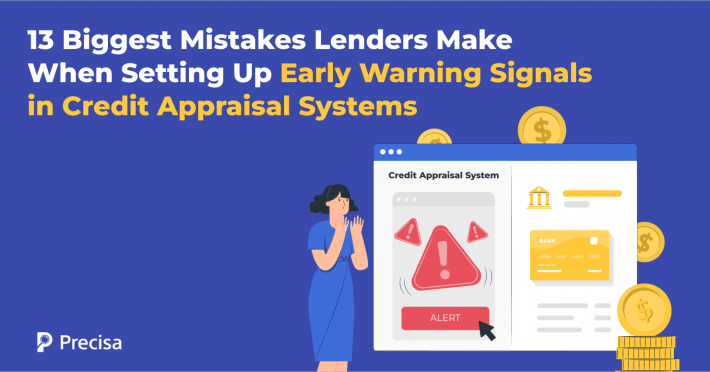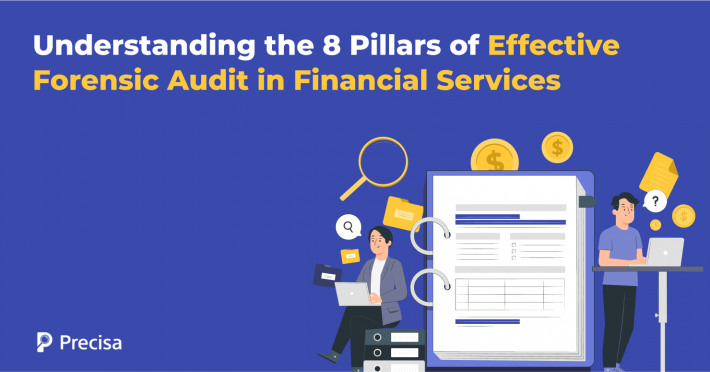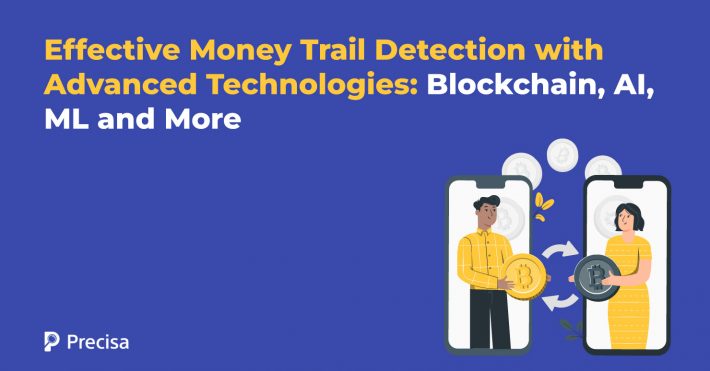Beyond CIBIL Scores: Pulling Hidden Insights from Consumer Credit Bureau Report
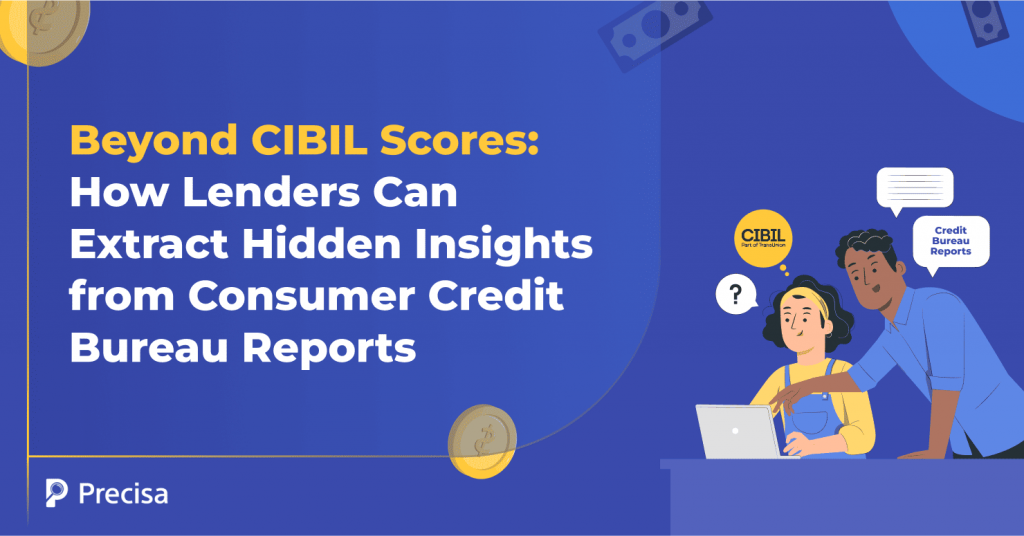
Traditional credit scoring, led by CIBIL and other bureaus, has been the backbone of lending decisions for many decades.
However, with the undeserved and new-to-credit segments’ increasing need (and demand) for loans and the microfinance delinquency rate moving up to 4.3% in 2024, lenders are realising that single scores only tell half the story about a borrower’s financial behaviour.
While CIBIL scores are still the first point of reference, they only reflect past borrowing behaviour. What lenders need now are deep and actionable insights to decide faster, not miss any opportunities, and eliminate risks before they surface.
Complete consumer credit bureau report contain a goldmine of untapped information, such as spending patterns, behaviours, and indicators that can help lenders truly understand borrowers’ intent and ability to pay.
Let’s see how lenders can extract these hidden cues through advanced analytics and alternative data sources.
Consumer Credit Bureau Report: Why Lenders Must Look Beyond the CIBIL Score
CIBIL scores just give a single snapshot of a borrower’s creditworthiness, compressing the years of financial behaviour into three numbers.
This oversimplification doesn’t take into account the borrower’s payment timelines across different loan types, dependence on short-term credits, spikes in enquiry activities, credit utilisation ratio (CUR), settlement patterns, and account management styles.
Many borrowers in India, particularly MSMEs, gig workers, and self-employed individuals, do not have a long credit history. In fact, over 160 million consumers are still considered “credit undeserved.”
Modern borrowers have varying digital footprints – one with a clean CIBIL score may still show risky financial behaviours. Therefore, their complete consumer credit bureau report can reveal far more than a single score ever could.
In fact, a report by FACE (Fintech Association for Consumer Empowerment) reveals that 84% of Indian lenders now use both alternative data and traditional credit checks to evaluate a loan applicant.
Two major factors have driven this shift:
- The growth of the digital lending sector has also accelerated data manipulation, money laundering, and cybercrimes.
- A need to narrow the gap for thin-line borrowers and first-time loan applicants. It is worth noting that 41% of the first-time borrowers are Gen Z.
What Do Consumer Credit Bureau Reports Contain?
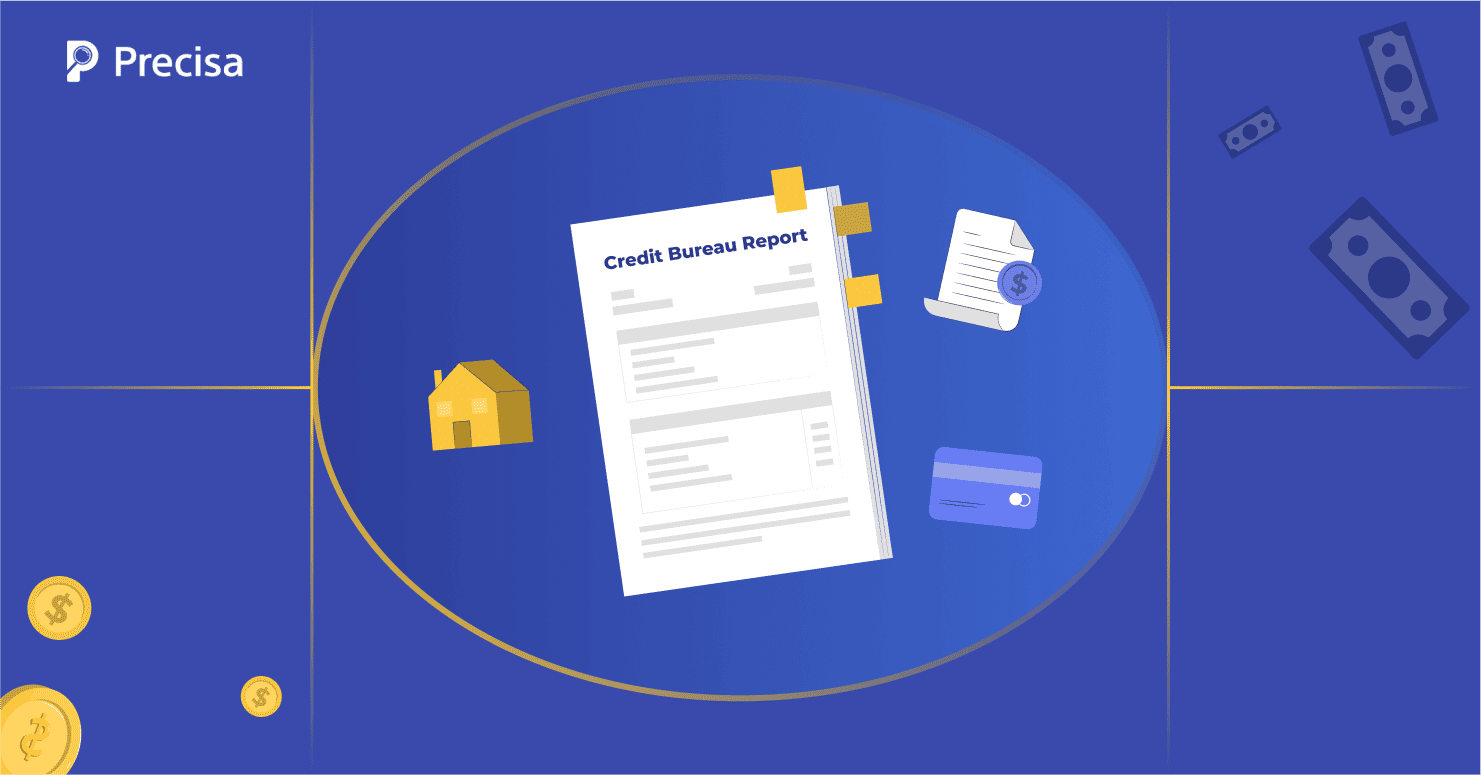
Consumer credit reports are rich with insightful financial information besides the traditional headline score.
Here’s what a complete report comprises:
- Number and types of credit accounts the borrower holds (personal, home, and motor loans, mortgages, and credit cards)
- Type of credit mix (unsecured and secured). A borrower with a few unsecured personal loans is riskier than one with many secured loans
- Payment history, such as late payments, defaults, and their frequencies, and settlements.
- Credit utilisation ratio; for instance, a high utilisation sustained over months means dependency or overleverage
- Number of active loan accounts, which may stretch the borrower’s repayment capacity
- Frequency of loan enquiries (and the size of the loan amount)
- Patterns in using credit and repayment behaviour (duration and amount per EMI)
- Account age distribution that shows a customer’s relationship with the lender
- Any legal or public record, like court judgements, penalties, bankruptcies
By analysing these data points together, lenders can build a more nuanced risk profile.
For instance, late payments do not mean default if they follow a pattern. If a borrower consistently pays five to ten days after the due date because of income fluctuations, but never defaults, they are probably less risky than the individual who makes sporadic payments.
Consumer Credit Bureau Reports: 6 Strategies to Extract Hidden Insights
Here’s how lenders can gain powerful insights from applicants’ credit bureau reports through smart segmentation and technology-enabled financial analytics:
1. Analyse Data Trends
Instead of focusing on a borrower’s current status alone, lenders can observe how the applicant’s behaviour has changed over time.
Start with bank statement analysis automation and integration. It will help validate credit behaviour across months and provide a stronger basis for approvals.
2. Segment Risk within Score Bands
Built-in analytical intelligence can identify resilient borrowers hiding within risk brackets.
Advanced tools can automatically categorise transactions, detect irregularities, calculate cash flows, and generate creditworthiness scores. These unbiased insights further reduce the need to develop complex risk models internally.
3. Develop Early Warning Systems
By developing early warning systems, lenders can figure out even the smallest of defaults before they happen and monitor red flags, like maxed-out credit cards and sudden dips in available limits.
These crucial signals usually appear before the first missed EMI.
4. Detect Frauds Through Cross Verification
With digital lending booming, scamming risk is a critical area where credit reports add value.
Mismatching income, negative computed balance, simultaneous loan applications across multiple lenders, and discrepancies in address history can point to misrepresentation of data.
In fact, when credit bureau data is cross-validated with bank transactions and digital footprints, detecting anomalies becomes much more accurate.
5. Use API-Based Integration
Modern financial analytics solutions, like Precisa, help lenders fetch credit reports in real time and integrate them with loan origination systems through an intelligent account aggregator connector.
The integration creates a unified workflow without disturbing or changing the existing processes.
6. Scale Framework Across Loan Portfolio
Finally, expand automated analytics to all loan categories. Continuously monitor defaults, non-performing assets (NPAs), and time-to-approve metrics to refine credit policies on the go.
Also, evaluate whether the approvals made using extensive data sources outperform the traditional scoring methods. Four metrics that can help lenders track impact are:
- Improvement in Approval Ratio: How many additional qualified borrowers could be approved using improved data analytics?
- Drip in Defaults: Do loans approved using alternative scoring and deep credit insights show lower delinquency?
- Speed in Processing Time: How much faster can underwriters approve loans?
- Diversification of Portfolio: How safely lenders can approve loans to borrower segments previously categorised as risky.
The Way Forward
The future of lending belongs to those who look beyond the CIBIL score, and those who continue to rely on surface-level checks risk missing great opportunities.
Consumer credit bureau reports hold far more hidden cues, patterns, and signals than traditional scores. As a financial analytics platform, Precisa’s end-to-end credit report analytics can help you decode these insights and improve your lending decisions.
With capabilities like real-time bank statement analysis, behavioural analysis, the Precisa score that provides a complete loan repayment probability, and data aggregation, it empowers lenders to make faster, fairer, and more accurate lending decisions.
To find out how Precisa can help you extract insights from credit bureau reports in real-time, request a free demo!

